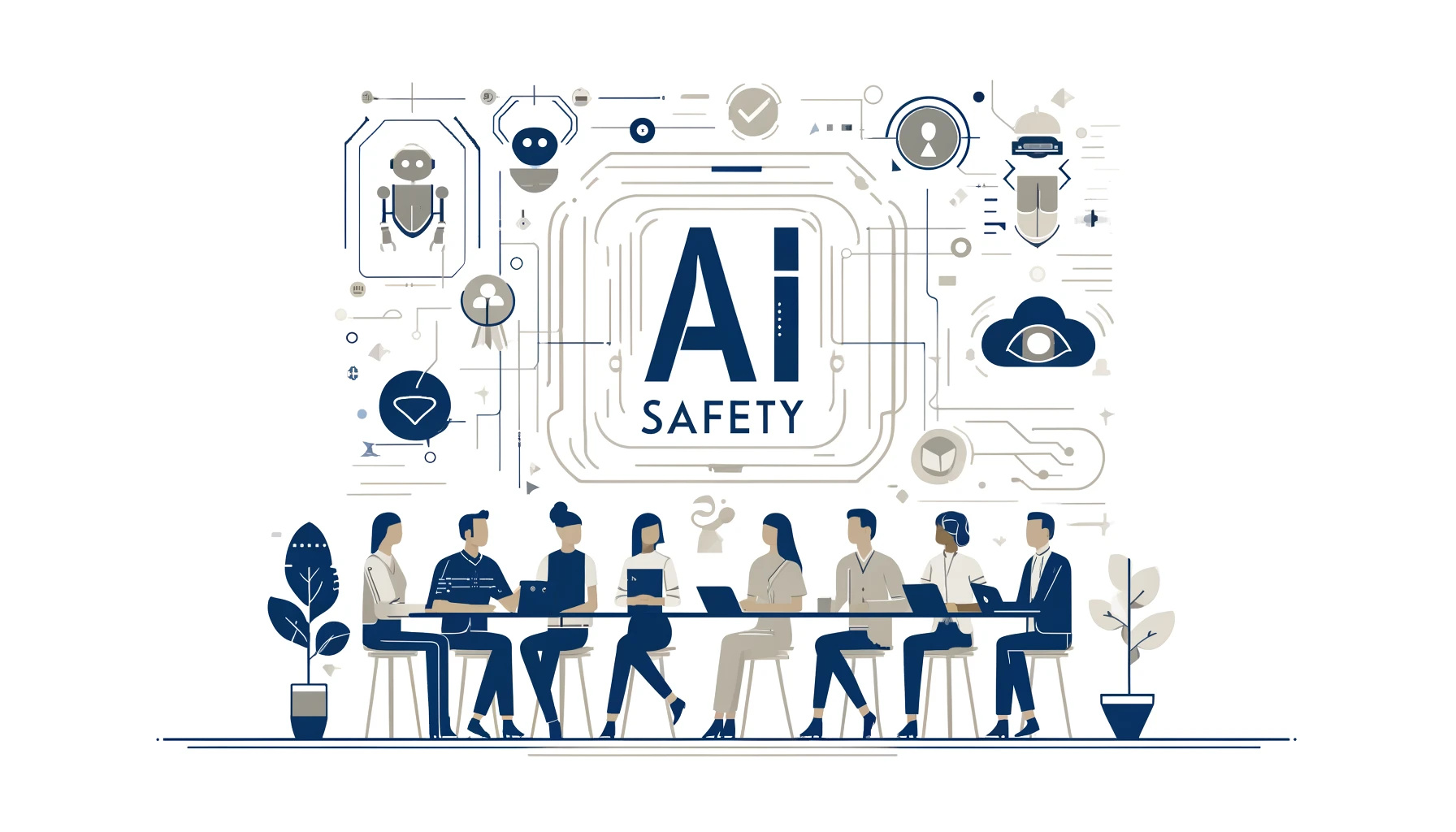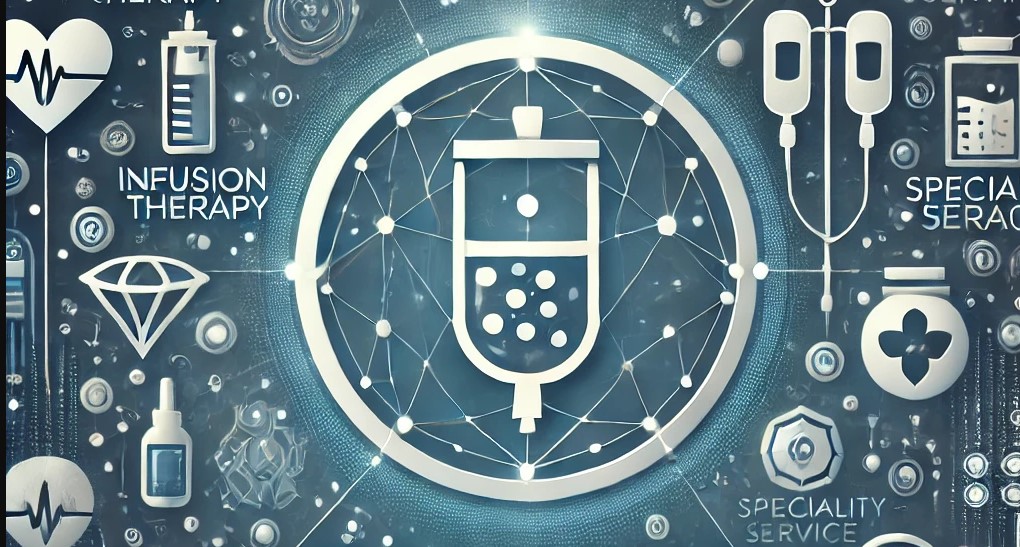OpenAI, the prominent artificial intelligence research lab behind ChatGPT, has unveiled a new safety committee, sparking discussions about its composition and effectiveness. The committee, established to oversee the safety of AI developments, is composed entirely of OpenAI insiders, a move that has raised eyebrows in the tech community.
The Announcement
On May 28, 2024, OpenAI announced the formation of its new safety committee. This body is tasked with evaluating and mitigating potential risks associated with advanced AI models, ensuring that the deployment of such technologies is conducted responsibly. The committee will focus on a wide array of potential threats, including cybersecurity, autonomous systems, and the misuse of AI in harmful contexts.
The committee’s formation comes at a crucial time as OpenAI continues to push the boundaries of AI capabilities. The company has been at the forefront of AI innovation, with products like ChatGPT revolutionizing how AI interacts with everyday users and businesses alike.
Composition of the Committee
The most notable aspect of the new safety committee is that all its members are current OpenAI employees. This includes key figures like CEO Sam Altman and Chief Scientist Ilya Sutskever. The decision to populate the committee exclusively with insiders has raised concerns about potential conflicts of interest and the lack of independent oversight.
Critics argue that a safety committee should include external experts to provide unbiased perspectives and enhance accountability. However, OpenAI defends its choice by emphasizing the deep expertise and commitment of its internal team to AI safety and ethical standards.
Context and Background
OpenAI’s decision to form a new safety committee is part of a broader strategy to address the increasing concerns surrounding AI safety. The company has acknowledged that as AI systems become more advanced, the potential risks associated with their misuse grow significantly. These risks range from the manipulation of information and cybersecurity threats to the more dystopian fears of autonomous AI systems operating beyond human control.
In response to these challenges, OpenAI has been proactive in creating internal frameworks and protocols aimed at safeguarding the deployment of AI technologies. The formation of the Preparedness team, which focuses on catastrophic risk management, is one such initiative. This team addresses threats from chemical, biological, radiological, and nuclear applications of AI, among others.
Analysis and Perspectives
From my point of view, the establishment of a dedicated safety committee is a positive step for OpenAI. It demonstrates a commitment to addressing the ethical and safety concerns associated with advanced AI technologies. However, the exclusive reliance on internal members may undermine the perceived impartiality and effectiveness of the committee. Including external experts could provide a broader range of insights and enhance public trust in OpenAI’s safety measures.
On the positive side, the insider composition ensures that those who are most familiar with OpenAI’s technologies and operational challenges are directly involved in safety oversight. This could lead to more informed and swift decision-making processes. Yet, the absence of external viewpoints may limit the committee’s ability to critically assess and address potential blind spots in their approach.
As I see it, balancing internal expertise with external oversight could significantly strengthen OpenAI’s safety protocols. By integrating diverse perspectives, the committee could better navigate the complex ethical landscape of AI development and ensure that the technology benefits humanity as intended.
In conclusion, while OpenAI’s initiative to form a safety committee is commendable, enhancing its structure with external voices could provide the robustness needed to address the multifaceted challenges of AI safety effectively. The ongoing dialogue and adjustments in response to public and expert feedback will be crucial for OpenAI as it continues to lead in the AI industry.






